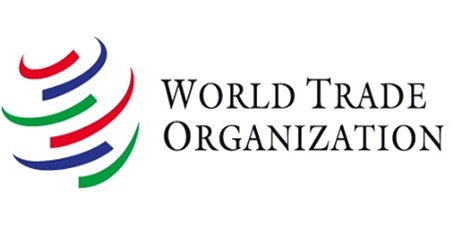On 14 April 2015 the World Trade Organization (WTO) issued global trade statistics for 2014 and estimates for the next few years.
The growth in the volume of global trade in 2014 was 2.8%, less than predicted owing to geopolitical tensions and natural phenomena. Also, the predicted stronger growth in the US and the Euro area did not prove to be correct. The falls in commodity prices in 2014 were not foreseen as the oil price fall was driven by the rising oil production in North America. Also the falling demand for oil and other commodities in emerging markets contributed to the slowdown in trade growth.
Exports by developing countries grew by 3.3% in 2014 while exports by developed countries grew by only 2.2%. Imports of developed countries grew faster than those of developing countries, growing by 3.2% as compared to 2.0% for developing countries.
Trade projections issued by the WTO on 14 April 2015 indicate that the volume of world trade is estimated to grow at 3.3% in 2015 and 4.0% in 2016. Global trade growth in recent years has been sluggish, partly as a result of the lower GDP growth, but it is expected to continue a slow recovery subject to certain risk factors such as geopolitical tensions.
Other factors causing slower growth in trade volumes in recent years have been the slower GDP growth in emerging economies, the patchy economic recovery in developed countries and the growing geopolitical tensions.
Further risks to growth in global trade include the possible divergent monetary policies in the US, where interest rates may rise later in 2015, and the Euro area, where a quantitative easing program has begun. Other risks are the possibility of a resurgence of the debt crisis in the Euro area and a stronger slowdown in emerging markets.
Trade is an important factor in policies leading to economic growth. Trade can be boosted by withdrawing protectionist measures, improving market access, ensuring that policies do not distort competition and making efforts to agree on reforms to global trade rules.












